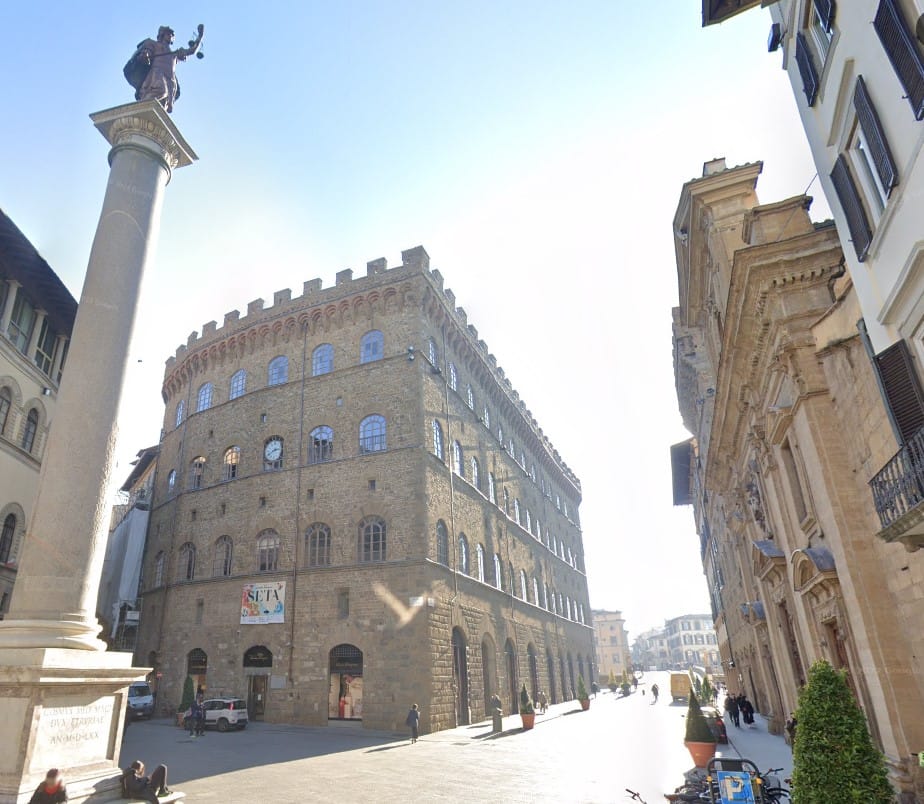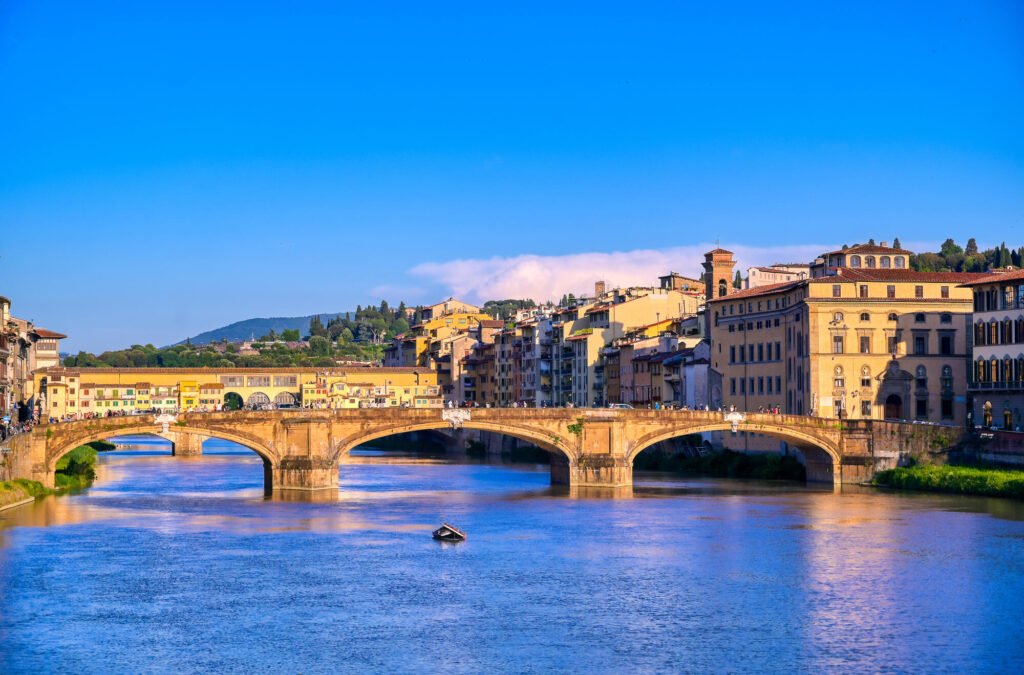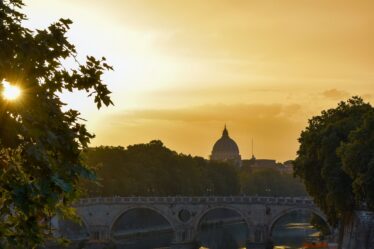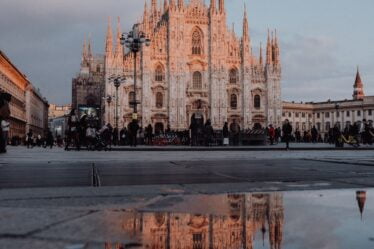

Introduction
In 1483, the arrival of Hugo van der Goes’ masterpiece in Florence marked a turning point in Renaissance art. The story of how this Flemish influence shaped the work of Domenico Ghirlandaio, especially in the Sassetti Chapel, is both fascinating and crucial to understand. In fact, the connection between Ghirlandaio and Flemish Influence can be seen clearly in the way he portrayed ordinary people with humility and realism.
The Arrival of a Masterpiece
It was the year 1483 when the Church of Sant’Egidio received a new and extraordinary altarpiece on its high altar: the Portinari Altarpiece, painted by the great Flemish master Hugo van der Goes. This work immediately captured the attention of Florentine artists, who were struck by its intense realism and spiritual depth. Domenico Ghirlandaio himself, together with many other painters, went to admire it and even produced numerous sketches in order to absorb fresh ideas from this foreign but inspiring style.
For more information on the Portinari Altarpiece, you can visit the Uffizi Gallery official website.
The Humble Shepherds
Among the most admired scenes of the Flemish painting was the Adoration of the Shepherds, where the peasants appeared with rugged faces, shaped by a life of hard labor. Such realism had rarely been seen in Italian painting before. These shepherds were not idealized figures but rather authentic human beings, simple and humble, representing genuine devotion.
It is in this detail that we see the strongest Ghirlandaio and Flemish Influence. Ghirlandaio understood that sacred subjects could be enriched by portraying the real humanity of everyday people, giving sacred art a new depth and accessibility.
To explore more about Flemish art, you might enjoy the National Gallery’s Flemish painting collection.
Ghirlandaio at Work in the Sassetti Chapel
In the same year, Ghirlandaio was busy decorating the chapel of Francesco Sassetti in the Florentine church of Santa Trinita. Assisted by his brother Benedetto, Bastiano, and other workshop members, he created one of the masterpieces of Renaissance fresco decoration.
When it came to painting the Adoration of the Shepherds on the Sassetti Chapel altar, Ghirlandaio deliberately chose to represent his shepherds as humble, modest, and unadorned—just as he had seen in Hugo van der Goes’ work. However, instead of directly copying the Flemish style, he infused his own interpretation, creating figures with the same poor appearance and simple soul.
You can read more about the Sassetti Chapel on the Museums of Florence website.
A Self-Portrait Among the Shepherds
In an extraordinary act of humility and artistic self-awareness, Ghirlandaio portrayed himself as one of the shepherds adoring the newborn Christ. By doing so, he did not elevate himself among nobles or patrons but placed himself among the humble witnesses of the sacred mystery.
This decision highlights again the deep connection between Ghirlandaio and Flemish Influence, showing how the encounter with northern art transformed the Florentine master’s vision. Today, art lovers can still admire this remarkable fresco in the Sassetti Chapel.
For further reading on Ghirlandaio’s life and works, check out Khan Academy’s Renaissance resources.
Conclusion
The story of 1483 demonstrates how the arrival of a single masterpiece could reshape the artistic direction of an entire city. The Portinari Altarpiece introduced new realism and humility into Florentine painting, and Ghirlandaio absorbed these lessons into his own art. His work in the Sassetti Chapel is therefore not only a Renaissance jewel but also a testimony of the fruitful dialogue between Italian and Flemish traditions.
Through this artistic exchange, the legacy of Ghirlandaio and Flemish Influence continues to inspire and remind us that art flourishes most when cultures meet and learn from one another.



